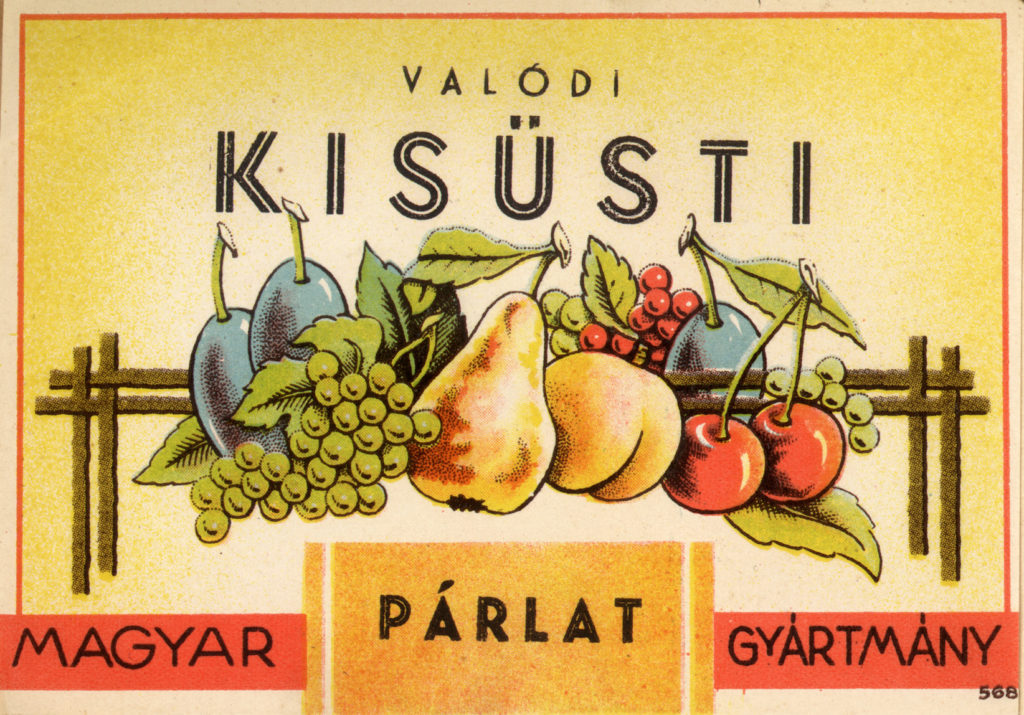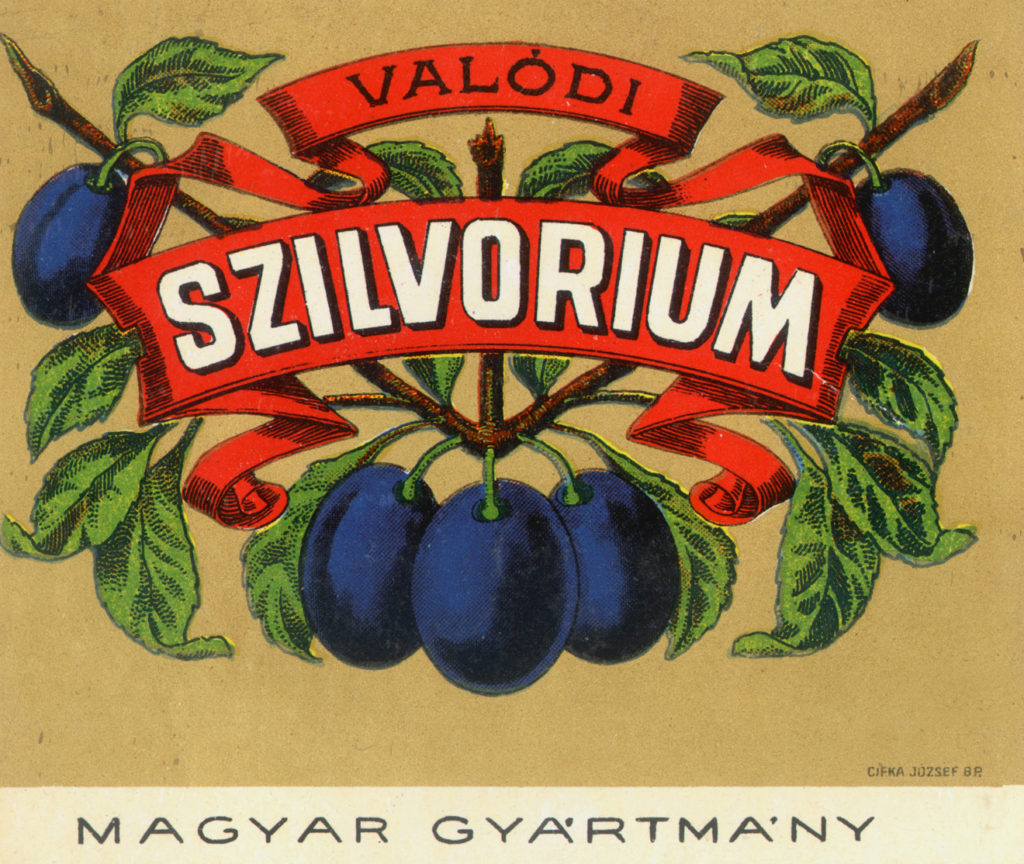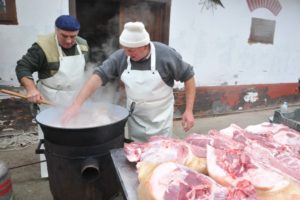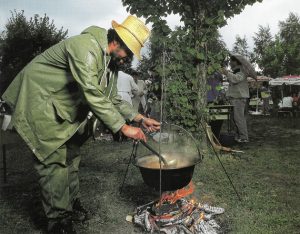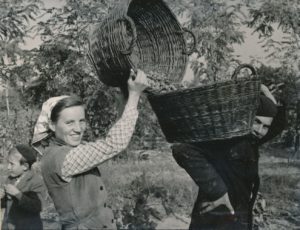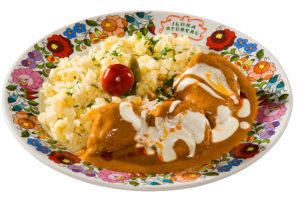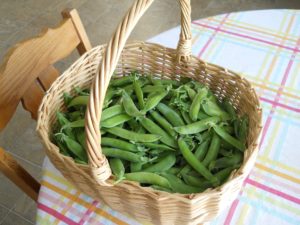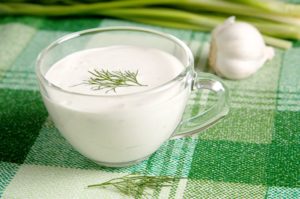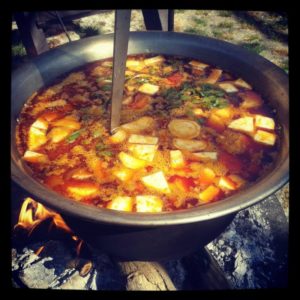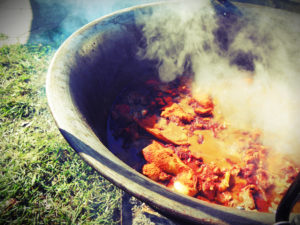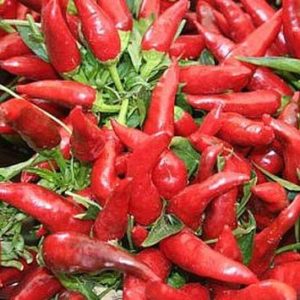Hungarian palinka
Hungarians enjoy a good, strong dram. Fruit brandy (Hungarian palinka) aids the digestion after a sometimes heavy meal. Taken on a raw day and an empty stomach, the inner glow keeps out the cold: the arteries widen; the blood can be felt coursing warmly to every extremity of the body. And an evening spent amicably drinking good schnapps with friends leaves no hangover, however often the glasses may have been raised.
Ever since the 17th century, plum brandy (szilvapálinka) has been distilled in the neighboring regions of Szatmár and Bereg at the easternmost tip of Hungary. The home-distillation of spirits is no longer permitted, but people are allowed to take their own fermented plums to a small local distillery to be distilled. Each person’s fruit is kept separate from everyone else’s. The product is called kisüsti (small vat) palinka. The way to distinguish a good, clear kisüsti szilvapálinka from an inferior imitation is to rub it on the back of the hand: a genuine kisüsti leaves a strong aroma of fruit.
The large Kisvárda distillery has a tradition going back over a hundred years. The products distilled here are made following ancient recipes but using ultramodern technology. Their most famous product, Szatmári szilva (Szatmár plum brandy) uses only local fruit. To these the brandy owes both its outstanding flavor and aroma and its exceptionally high alcoholic content. The brandies of this locality are characterized by the wood aroma that develops during the long period of maturation in wooden casks. This wood contact is also responsible for the marked brownish hue. Some producers swear by the use of oak casks; others prefer mulberry.



